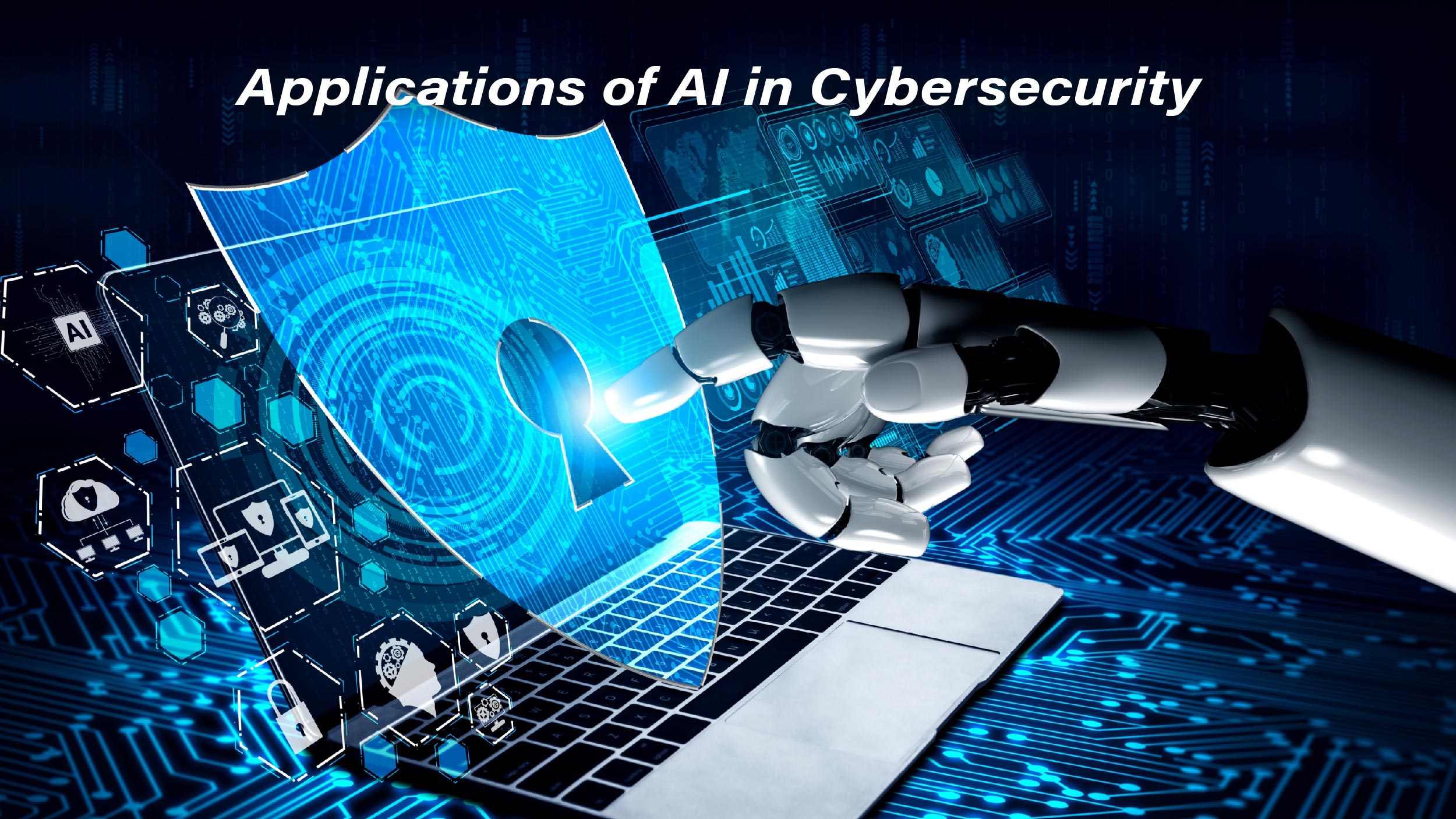As the world becomes increasingly digital, the rise of cybersecurity threats is a daily concern. IT security professionals face a pressing challenge: how to prevent these fraudulent activities and save billions of dollars annually. Combating cyber threats involves in-depth data analysis and identifying potential risks. This is where AI in cybersecurity plays a pivotal role, streamlining the laborious processes of data analysis, screening, and risk detection. This blog delves into the importance of artificial intelligence in cybersecurity.
Let’s get started!
What is AI in Cybersecurity?
Artificial intelligence in cybersecurity refers to the application of tools and technologies that utilize artificial intelligence to bolster security measures, identify threats, and respond effectively in the digital environment. AI plays a crucial role in automatizing threat detection, predicting cyberattacks, enhancing the precision and effectiveness of cyber analysts, and fortifying cybersecurity defenses. Its purpose is to enhance the swiftness, accuracy, and efficiency of security teams, and it is progressively taking on a central role in the realm of cybersecurity.
According to a survey conducted by The Economist Intelligence Unit, 48.9% of global executives and security experts view AI and machine learning as effective means to counteract modern cyber threats.
Applications of AI in Cybersecurity
 Artificial intelligence in cybersecurity is employed across various applications, encompassing:
Artificial intelligence in cybersecurity is employed across various applications, encompassing:
- Breach risk prediction
- Phishing detection
- Malware detection & prevention
- User authentication
- Spam filtering
- Password protection
- Bot identification
- Behavioral analysis
- Network segmentation & security
- Fraud detection
- Threat intelligence
- Incident response
- Vulnerability management
- Identity & access management
How Can AI Be Used in Cybersecurity?
AI can actively observe, examine, identify, and counteract cyber threats instantaneously. By scrutinizing extensive volumes of data, AI algorithms can identify patterns that signify potential cyber threats. Additionally, AI is capable of scanning the entire network to identify vulnerabilities to mitigate common types of cyber attacks.
AI plays a crucial role in monitoring and analyzing behavior patterns. By establishing a baseline using these patterns, AI has the capability to identify and prevent unauthorized access to systems. Moreover, AI can assist in assessing risks and promptly detecting potential malware and intrusions.
When utilized effectively, AI has the potential to function as the driving force behind automating security processes, consequently saving employees time and resources by taking over repetitive tasks. Moreover, AI can minimize the occurrence of human error by eliminating human involvement in certain tasks or processes.
Also Read: A Comprehensive Guide to Understanding Convolutional Neural Networks
What Are The Benefits And Risks of Using AI in Cybersecurity?
Benefits:
AI systems today are designed to recognize potential cyber risks, discern novel methods of attack, and protect sensitive data belonging to your organization. Utilizing AI-driven cybersecurity tools offers three key advantages:
- Rapid analysis of extensive data sets
- Identification of anomalies and vulnerabilities Automation of repetitive tasks
The possibilities of utilizing AI in cybersecurity are immense. AI enables prompt and precise threat detection and response, approaching real-time levels. By promptly alerting security teams to suspicious activities, AI can reduce the impact of ransomware attacks. Additionally, AI automation enhances the efficiency of cybersecurity operations, allowing security teams to allocate their time and resources to more critical responsibilities.
Risks:
It is crucial to keep in mind that AI is still a nascent technology. While AI has made significant advancements, it still relies on human intervention. This involvement is necessary not only for training AI engines but also for stepping in when errors occur. AI-driven security systems utilize machine learning algorithms that learn from past data, which may result in false positives when encountering novel and unfamiliar threats that don’t align with established patterns. Another emerging issue is the potential for hackers to exploit AI for malevolent intentions, such as creating persuasive phishing emails or developing malicious software.
Some Early Adopters of AI in Cybersecurity
 Google: Since its inception 18 years ago, Gmail has been utilizing machine learning methods to effectively sort and categorize emails. At present, machine learning plays a vital role across various Gmail services, particularly through the implementation of deep learning algorithms. This facilitates the algorithms’ capability to autonomously adapt and regulate themselves as they undergo training and development.
Google: Since its inception 18 years ago, Gmail has been utilizing machine learning methods to effectively sort and categorize emails. At present, machine learning plays a vital role across various Gmail services, particularly through the implementation of deep learning algorithms. This facilitates the algorithms’ capability to autonomously adapt and regulate themselves as they undergo training and development.
IBM/Watson: The IBM team has been relying increasingly on the Watson cognitive learning platform to handle tasks related to “knowledge consolidation” and threat detection using machine learning algorithms.
Juniper Networks: The networking industry is in search of innovative concepts to tackle the financial challenges associated with current network systems. Juniper believes that the solution lies in the development of a practical and cost-effective Self-Driving Network, which is ready to be deployed.
To conclude
AI cybersecurity plays a crucial role in safeguarding consumer digital security, particularly in tackling the extensive range of risks arising from social engineering and IoT malware. By incorporating artificial intelligence in cybersecurity, the industry is poised to experience remarkable enhancements in terms of robust security measures, swift response times, and a flexible defense mechanism.
AI’s strength lies in its perpetual learning capabilities, surpassing the manual detection techniques employed by human experts. With AI models constantly evolving to counter emerging threats, their effectiveness in defending against cyber attacks is unparalleled.
The potential benefits and risks of AI in cybersecurity are being viewed from different perspectives, resulting in a mix of optimism and caution. Moving forward, the focus will be on finding a balance between the advantages and disadvantages of AI and ML data-protection systems in the years to come.


































